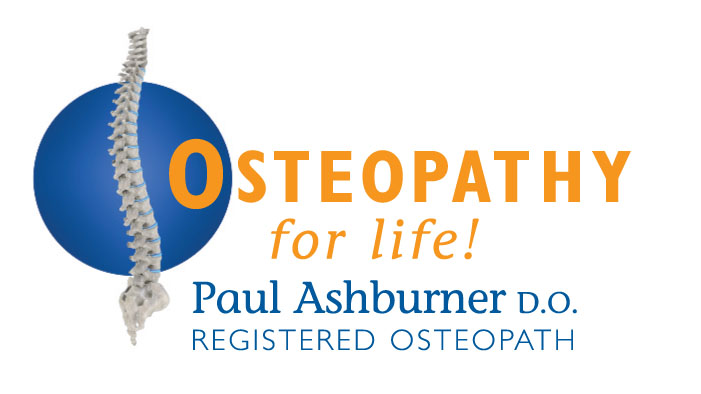
Osteopathic Treatment of Shoulder and Arm Pain
Shoulder and arm pain, including wrist and forearm pain, are common issues that can significantly impact daily life and athletic performance. Conditions such as tennis elbow and golfer's elbow are prevalent among individuals engaged in repetitive arm movements. Osteopathic treatment provides a holistic approach to managing these problems by addressing underlying causes, promoting natural healing, and preventing recurrence. Here, we will explore the osteopathic approach to treating shoulder, arm, wrist, and forearm pain.
Understanding Shoulder and Arm Pain
The shoulder is a ball-and-socket joint comprising three main bones: the humerus (upper arm bone), clavicle (collarbone), and scapula (shoulder blade). These bones are held together by muscles, tendons, and ligaments, allowing for the greatest range of motion of any joint in the body. This extensive mobility, however, makes the shoulder prone to injuries and problems.
Common conditions affecting the shoulder and arm include:
Rotator Cuff Injuries: Tears or inflammation in the tendons and muscles surrounding the shoulder joint.
Bursitis: Inflammation of the bursae, fluid-filled sacs that cushion the shoulder joint.
Tendonitis: Inflammation of tendons, often affecting the shoulder, elbow, and wrist.
Tennis Elbow (Lateral Epicondylitis): Overuse injury causing pain on the outside of the elbow, common in racket sports.
Golfer's Elbow (Medial Epicondylitis): Overuse injury causing pain on the inside of the elbow, common in golf.
Carpal Tunnel Syndrome: Compression of the median nerve in the wrist, leading to pain, numbness, and tingling in the hand and fingers.
Symptoms of Common Conditions
Symptoms of shoulder and arm pain can vary but typically include:
Pain and Tenderness: At the site of injury or inflammation.
Swelling and Stiffness: Indicating inflammation or joint issues.
Limited Mobility: Due to pain or structural damage.
Weakness and Instability: In the affected area.
Numbness or Tingling: Often seen in nerve-related conditions.
Causes and Contributing Factors
Shoulder and arm pain can result from various factors, including:
Repetitive Movements: Activities involving repetitive arm and wrist motions, such as playing tennis or golf.
Overuse: Excessive use of muscles and tendons without adequate rest.
Poor Ergonomics: Improper posture or equipment use during work or sports.
Trauma: Direct injuries or falls impacting the shoulder, arm, or wrist.
Age-related Degeneration: Wear and tear of joints and tissues over time.
Osteopathic Diagnostic Approach
Osteopaths use a comprehensive approach to diagnose shoulder and arm pain. This includes:
Medical History: Detailed patient history to understand the nature, onset, and progression of symptoms.
Physical Examination: Assessment of posture, range of motion, and palpation to identify areas of tenderness, swelling, and restriction.
Special Tests: Orthopedic and neurological tests to evaluate joint integrity, muscle strength, and nerve function.
Osteopathic Treatment Techniques
Osteopathic treatment is personalised to the individual’s specific condition and may include a combination of the following techniques:
Soft Tissue Manipulation: Techniques such as massage and myofascial release to relax tight muscles, improve blood flow, and reduce inflammation.
Joint Mobilisation: Gentle movements to enhance joint mobility and reduce stiffness.
Muscle Energy Techniques: Active patient involvement in muscle contractions against a controlled resistance provided by the osteopath, aimed at improving joint function and muscular strength.
Counterstrain Techniques: Gentle positioning of the body to relieve pain and reduce muscle spasms.
Functional Techniques: Subtle movements tailored to the body’s natural rhythm to release restrictions and improve overall function.
Rehabilitation and Preventive Strategies
Post-treatment, osteopaths often recommend specific exercises to strengthen muscles, enhance flexibility, and promote balance. Education on proper posture, ergonomics, and lifestyle modifications is also crucial for preventing recurrence and promoting long-term health.
Conclusion
Osteopathic treatment for shoulder and arm pain, including wrist and forearm pain, is a holistic approach that addresses the body’s interconnected systems. By restoring structural balance, enhancing mobility, and alleviating pain, osteopaths help patients achieve optimal function and improved quality of life. Whether dealing with chronic pain or acute injuries, osteopathy offers a comprehensive and individualised path to recovery. This approach not only aids in the immediate relief of symptoms but also focuses on long-term prevention, ensuring individuals can return to their activities stronger and more resilient
New to the Practice?
To book an Initial Consultation you should call on 01773 843 033 during office hours. Our friendly reception staff will be pleased to find a convenient appointment for you.
Existing Patients:
Book your next appointment online by clicking the button below:
Book your Appointment
Conditions patients often seek our help for:
Latest News
Latest Articles
Payment Methods
We accept payments by cash, bank transfer and credit/debit cards.


